Mini Rio: Exploring Rio de Janeiro Through 100 Pictograms
Discover the vibrant culture of Rio de Janeiro through 100 unique pictograms. This design project explores the city's landmarks, traditions, and daily life, offering a visual celebration of its diverse identity.

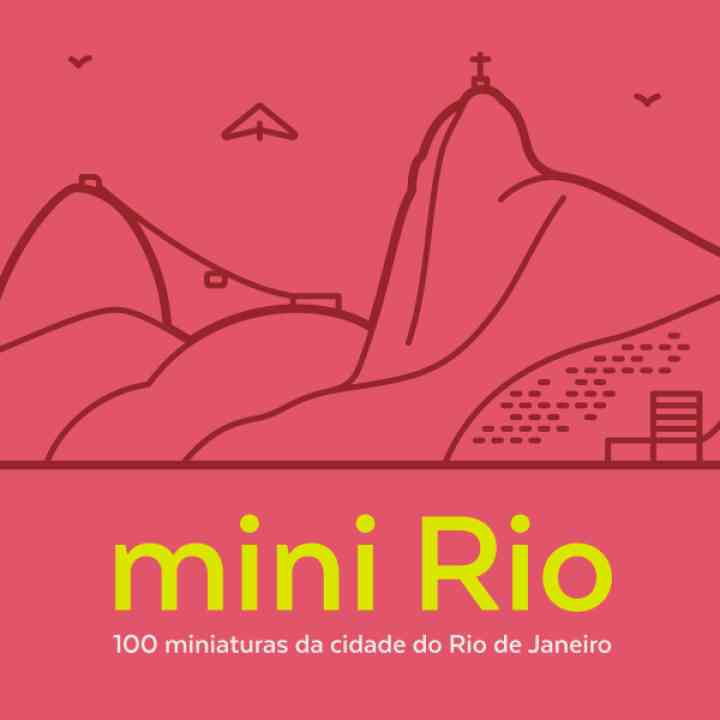
Featured Contribution
- Comments:
- 0
- Votes:
- 0
- ES
With the Olympic spotlight shining on Rio de Janeiro, interest in this vibrant city has surged. Mini Rio is a collection of 100 pictograms and illustrations designed to visually showcase the city’s rich cultural heritage. This independent project, developed over 17 months, offered an opportunity to explore new narratives and design tools.
Content research
The initial goal of creating city illustrations evolved into a collection of 100 pictograms. Defining the content proved challenging. While extensive research informed the selection, some important aspects may have been omitted, and others included might not resonate with everyone. Some ideas translated better visually than others. Subjective factors like personal relevance, thematic diversity, and political positioning also played a role. Ultimately, the project reflects a personal perspective of Rio.
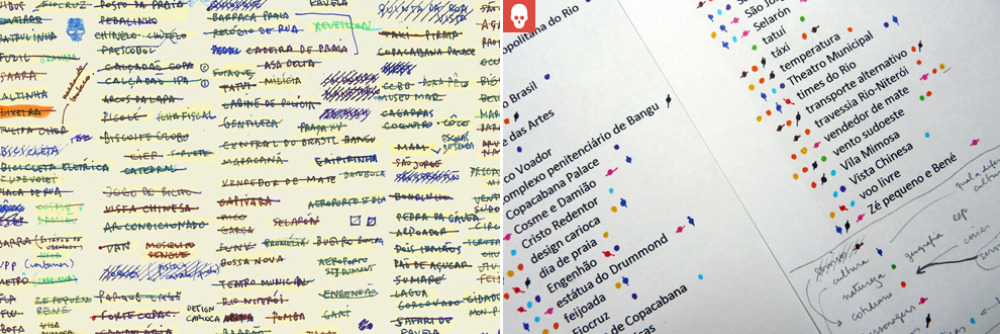
Mini Rio isn’t an idealized portrayal. It acknowledges both the beautiful scenery and the social challenges of a large city. While not focusing solely on problems, they are not ignored.
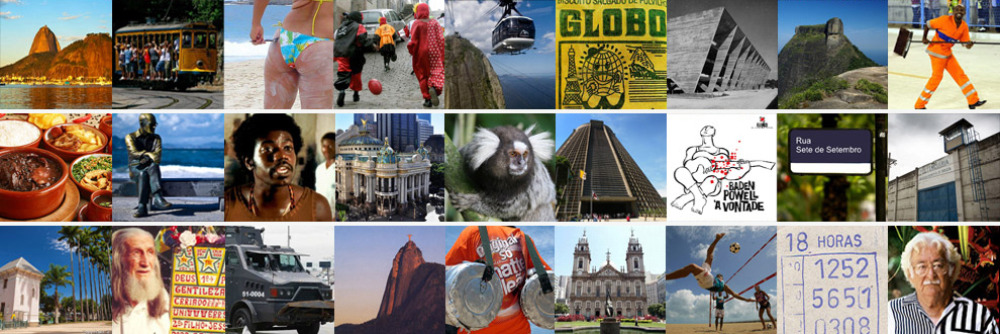
To balance the pictogram development, subjects were categorized into: tourist attractions, culture (music, art, museums, tradition, events), lifestyle (customs, habits, points of interest), everyday life (objects, services, urban equipment), nature (fauna, flora, geography), and problems. Some overlap between categories is inevitable, and the final definitions reflect a personal interpretation.
Creation stage
Over 1,200 images were collected and produced for the pictograms. Each pictogram was carefully drawn, demanding attention to detail and technical accuracy. The set followed specific rules: unfilled shapes (outline drawing), uniform line thickness, single color, rounded corners, no perspective, geometric alignment, and standardized human figures.

The visual language is intentionally simple, given the complexity of the content. Abstract illustrations would hinder comprehension. A rigid construction grid was deemed inappropriate due to the project’s scope, and visual coherence was achieved through the repetition of common characteristics rather than strict geometric forms.

All pictograms were tested at small sizes (less than 2 cm) to ensure recognizability. Some required numerous revisions, while others came together quickly. Often, completed pictograms were revisited for refinement or differentiation.
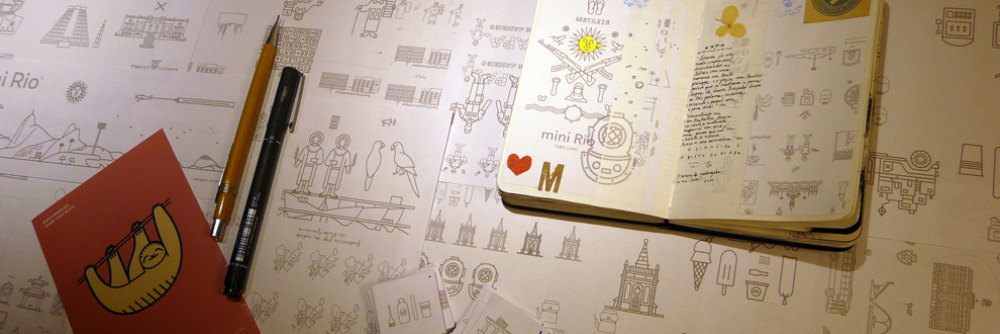
Typography
To integrate image and text in pictograms featuring alphabet characters, two exclusive typefaces were developed: mini Tipo and mini Gentileza.

Both typefaces share the pictograms’ visual characteristics: rounded finish, uniform width, and simple structure. Mini Gentileza was created specifically to evoke the traditional writings of the city’s prophet and wanderer.1
+ 100 and mini Lab
Nearing completion of the initial 100 pictograms, the possibility of complementary images emerged. This led to the creation of another 100 smaller, simpler pictograms, enabling animation in certain applications.

Following the pictogram creation, a dedicated period called mini Lab was initiated to explore the potential of the visual language. This involved expanding and combining pictograms to create colorful designs, patterns, animations, new pictographs, graphics, and complex landscapes.
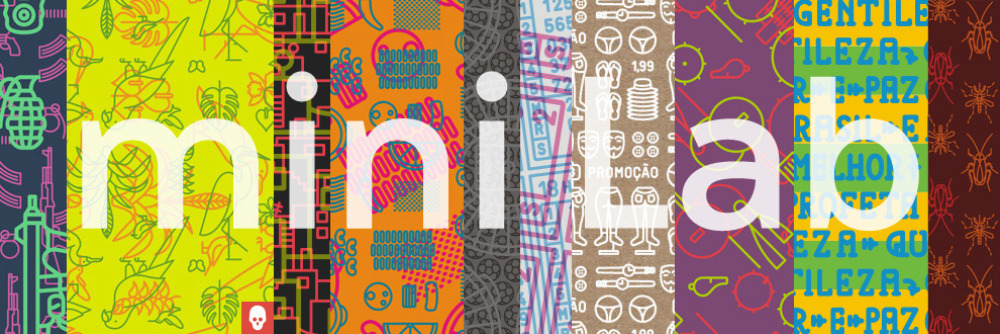
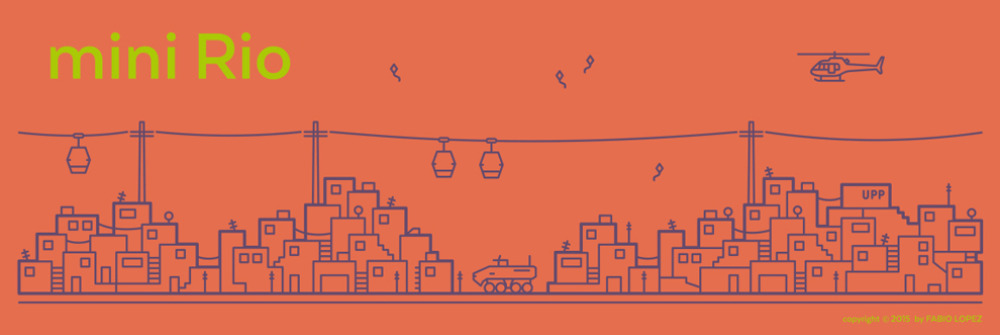

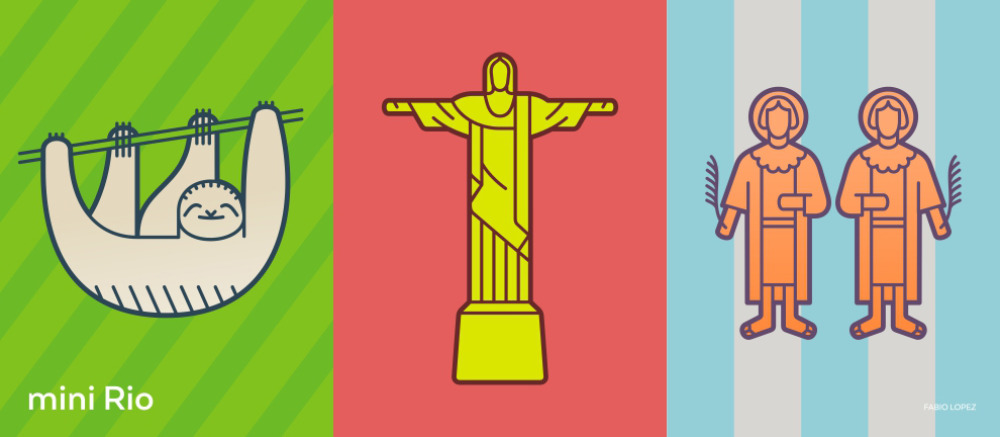
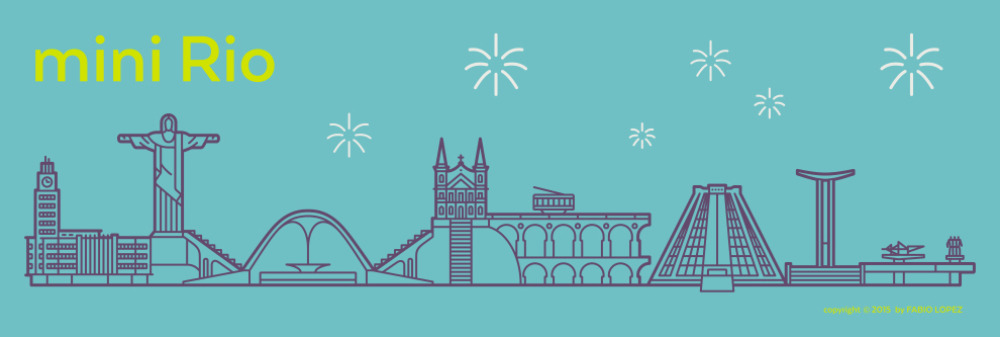
Next steps
The next phase involves commercializing the pictograms and derivatives through partnerships and licensed products. A book about mini Rio is also in production to provide further context for each pictogram.
This article was originally written in Spanish and adapted for English using AI to facilitate global dissemination.
Boost your career
Don’t just stop at reading. Discover our updating and specialization programs to take your professional profile to the next level.
View Academic OfferShare
Please value the editorial work by using these links instead of reproducing this content on another site.

- These fonts can be downloaded from the project site.
Topics covered in this article
What do you think?
Your perspective is valuable. Share your opinion with the community in the discussion.
Comment now!

